The number of solar panels you need to install depends on a few factors. Including the size of your roof and the amount of sunlight that comes through it.
Various calculators available online can help you estimate this number. But it’s always best to talk to a professional installer if you need more clarification. Solar power is one of the most Eco-friendly and sustainable sources of energy. It is also one of the cheapest when it comes to long-term investment.
However, before you can make an informed decision about installing solar panels, it is important to understand their size & number and the various factors that affect them. We will discuss each of these topics in detail and provide you with calculators to help you get started. We will also provide you with a guide on how to calculate the size & number of solar panels you need for your home or business. So stay tuned.
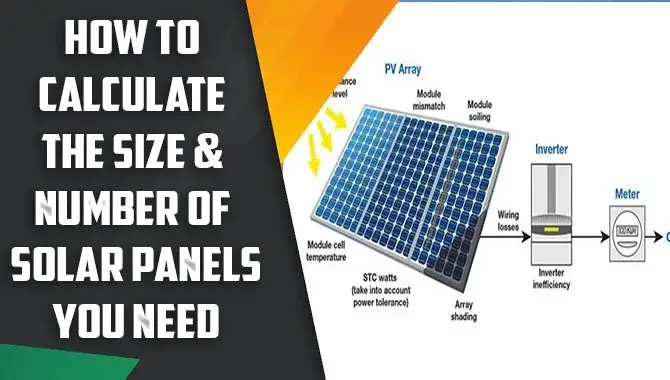
Contents
- 1 5 Ways To Calculate The Size & Number Of Solar Panels You Need
- 1.1 1. Use A Solar Calculator.
- 1.2 2. Use The Roof Area To Calculate The Number Of Solar Panels Needed.
- 1.3 3. Use Wattage Requirements To Calculate The Size Of Solar Panels Needed.
- 1.4 4. Use Approximate Latitude To Calculate The Number Of Solar Panels Needed.
- 1.5 5. Use Your Home’s Orientation To Calculate The Number Of Solar Panels Needed.
- 1.6 Types Of Solar Panels
- 1.7 Factors That Affect The Size And Number Of Solar Panels Needed
What Is A Solar Panel?
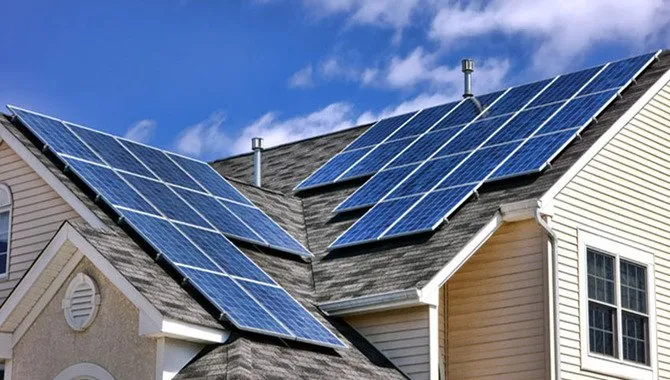
A solar panel is a device that converts sunlight into electricity. Depending on your needs and preferences, you can find them in various shapes and sizes. They come in different materials and capacities so that you can find a suitable option for your specific situation. You need to consider the size of your solar energy system when calculating the size of solar panels needed.
The size of solar panels depends on the larger system they use. For example, if you have a 10 kW solar energy system, you would need smaller solar panels to harness its power (for example, 30 percent capacity).
If you have a 20 kW solar energy system, you would need larger solar panels (for yes, 25 percent capacity). You can also choose between monocrystalline. And polycrystalline solar panels based on your preference and budget.
5 Ways To Calculate The Size & Number Of Solar Panels You Need
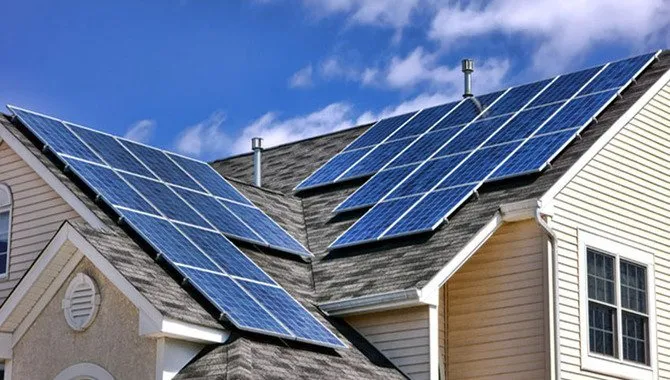
To calculate the size and number of solar panels you need, you first need to determine your roof area. This can do using a simple calculator like this one or by using an online roof estimator. Once you have your roof area, you can use this information to calculate the size of the solar panels you’ll need.
You can also use a solar calculator like this to help figure out how much electricity your solar panels will generate over a specific period of time based on the amount of sunlight available in your area. There are 5 ways to calculate the size and number of solar panels you will need. The most accurate way to do this is to use a solar calculator.
1. Use A Solar Calculator.

Use a solar calculator to calculate the size and number of solar panels you need. This can help you determine your roof size, the amount of sun exposure you need, and the wattage of your solar panels. Additionally, you can use a solar calculator to estimate the cost of installing solar panels. Once you know the size and number of solar panels you need, you can start shopping for a system.
2. Use The Roof Area To Calculate The Number Of Solar Panels Needed.

There are several ways to calculate the size and number of solar panels you need. One method is to use the roof area to determine the number of panels required.
This is accurate if the roof is flat and there are no obstructions. If the roof has curves or a cover in vegetation, the calculation may need to be modified. Another way to calculate the size and number of solar panels you need is to use solar energy output in watts per square meter.
This calculation considers the sun’s angle, roof type, and building materials. It is most accurate if the building has a sloped roof or multiple levels. Finally, we can use an algorithm that considers the sun’s angles, roof type, and building materials to calculate how many solar panels need for a particular site.
3. Use Wattage Requirements To Calculate The Size Of Solar Panels Needed.
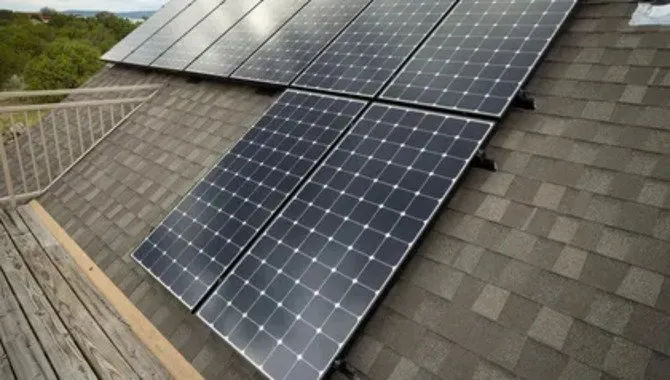
There are a number of ways to calculate the size and number of solar panels needed for your home or business. One approach is to use wattage requirements to determine the size of solar panels required. This works best if you know your appliances’ size, type, and wattage. For example, if you have an air conditioner that operates at 50 watts and wants to install solar panels that produce 60 watts, you would need a solar panel size of 150W or larger.
Another way to determine the size of solar panels required for your home or business is to use an energy calculator. These calculators can estimate how much energy your household needs and how many solar panels will be needed to produce that amount of energy.
Finally, you can use a solar power calculator to determine how much solar power your home or business needs. This calculator can help you estimate the size and type of solar panel required for your specific needs.
4. Use Approximate Latitude To Calculate The Number Of Solar Panels Needed.
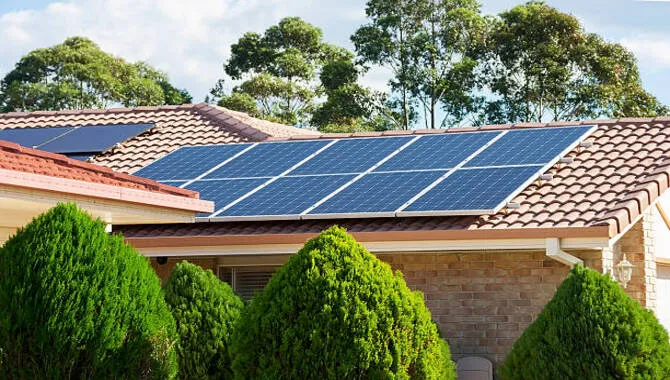
To calculate the number of solar panels you need, you can use an approximate latitude to estimate how much power your home will require. To do this, multiply your approximate latitude by the total energy consumption of the average household in your area. For example, suppose your approximate latitude is 37.5°, and the average household uses 100 kilowatt-hours of energy per month.
In that case, you will need approximately 3.75 kilowatt-hours of solar panels to meet your household’s energy needs. Additionally, you can use an online solar calculator to estimate the size of a solar system that would be suitable for your home. Finally, be sure to factor in the installation and maintenance costs when determining the size of your solar system.
5. Use Your Home’s Orientation To Calculate The Number Of Solar Panels Needed.
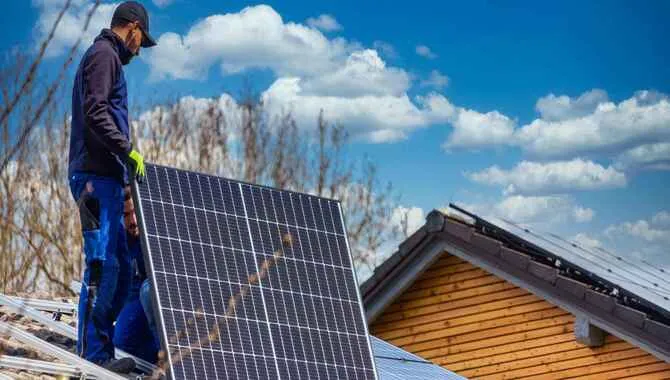
It’s crucial to calculate the size of your solar panel system before beginning the installation process. Calculating the size of your solar panel system is all about determining the approximate number of panels you will need based on your home’s orientation and roof size.
To determine the size of your solar panel system, you must first determine your home’s orientation. For example, if you have a west-facing roof, you may need fewer panels than if your roof faced south or east. Once you know your home’s orientation, you can use this information to calculate the size of your solar panel system. To do this, consider factors such as your roof size and the sunlight that reaches your home.
Types Of Solar Panels
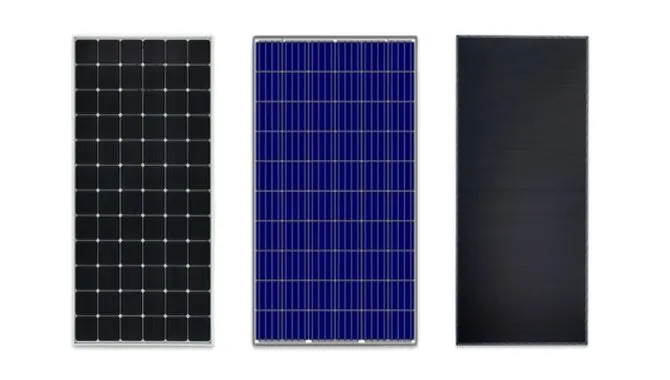
There are a few different types of solar panels, and it depends on which one is the best fit for your needs. PV solar panels use light to create electricity, and they’re the most common type of solar panel. They’re also the cheapest to install because they use less material than other panels.
CSP (Concentrated Solar Power) solar panels use mirrors or lenses to focus sunlight onto a small area where it can be captured and turned into electricity. This type of panel is more expensive to install, but it’s more efficient because it can produce more energy from a given amount of sunlight than PV solar panels.
Tilt-up roofing systems allow you to switch between using PV or CSP solar panels as your energy source, depending on the time of year. This allows you to take advantage of lower prices for PV during the day and higher prices for CSP at night when demand is highest.
Factors That Affect The Size And Number Of Solar Panels Needed
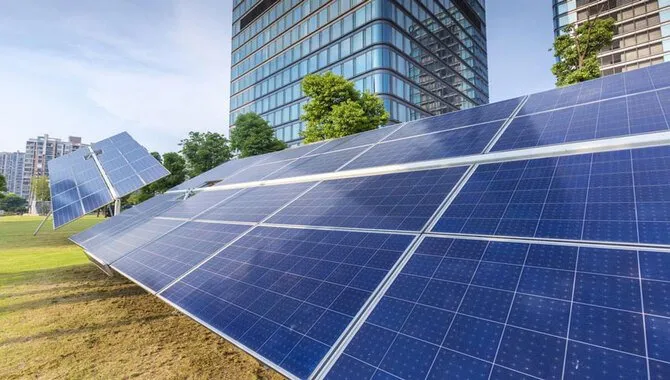
The size of the project and its orientation will determine the number and size of solar panels needed. For example, the average size for a small residential solar system is around 4 kW, with a panel size of about 400W.
For larger systems of 10-100 kW, the average size of a solar module is around 2 kW, with a panel size of around 200W. Solar panels are designed with different efficiency ratings to provide different amounts of power. This can be important to consider when determining the desired output.
The climatic conditions where you plan to install your solar energy system also play an important role in the size and number of solar panels you need. In areas with plenty of sunshine, like sunny climates, smaller solar panels are more efficient than larger ones.
But if it’s cloudy or rainy a lot, large solar panels are more efficient than smaller ones due to their increased surface area to capture sunlight. Additionally, extra solar panels may be necessary for using wind or water power to take advantage of these renewable sources.
Conclusion
In short, to calculate the size and number of solar panels you need, you’ll need to consider a few factors, including your home’s location, the width of your roof, and the amount of energy you’re using.
You can use an online calculator or an app to help you with this. Solar power is a great option for people who want to reduce their carbon footprint because it doesn’t generate emissions. In order to calculate the size and number of solar panels you need, you first need to identify your needs.
This will include the size of your roof, the amount of sunlight that hits it during specific hours of the day, and how much energy you use each month. We explained how to calculate the size and number of solar panels you need to install in your home or office.
We also provided a few tips on how to choose the right type of solar panel for your needs. Finally, we concluded with a reminder on calculating the cost of installing a solar panel system.
Frequently Asked Questions
1. How Do You Calculate Actual Size?
Ans: To calculate the size of solar panels you need, you will need to determine your wattage requirement and the panel size.
Your wattage requirement will depend on your home’s size, the type of roof, and other factors.
The panel size will be based on the wattage requirement and your budget.
Using a solar calculator, you can find a solar panel that is compatible with your wattage requirement.
2. How Do I Calculate The Size And Number Of Solar Panels You Need?
Ans: You must consider a few things to calculate the size and number of solar panels you need. The first thing you’ll need to do is figure out the size of your roof. This can do using a solar calculator or measuring the space yourself.
Next, you’ll need to determine the type of roofing material your home is built with. For example, if your home makes out of metal, you would need more solar panels installed than if your home makes out of concrete or wood.
3. What Are The Different Types Of Solar Panels, And What Is The Difference Between Them?
Ans: There are two main types of solar panels: crystalline and thin film. Crystalline solar panels are made from silicon shaped into small, rectangular cells. We make thin film solar panels from a type of material that rolls up into small, thin sheets. The size and number of solar panels you need will depend on your project goals and budget.
4. What Are The Benefits Of Solar Power?
Ans: Solar power is a renewable energy source that harnesses the sun’s energy to produce electricity. Solar panels use to convert this sunlight into usable electricity solar power. Has several benefits that make it an attractive option for both homeowners and businesses:
- It’s environmentally friendly, as it doesn’t produce any emissions.
- It’s cost-effective, as you don’t need to spend money on fuel or maintenance.
- It’s reliable, as solar panels typically last around 25 years without needing to be replaced.
5. What Is Solar Power And Why Is It Good For You?
Ans: Solar power is the conversion of energy from the sun into usable forms, such as electricity or heat. Solar power can be used to generate electricity and can be used to generate heat in homes and businesses. The amount of solar power a solar panel can generate depends on size and number. Use our solar calculator to calculate the size and number of solar panels you need.
Leave a Reply